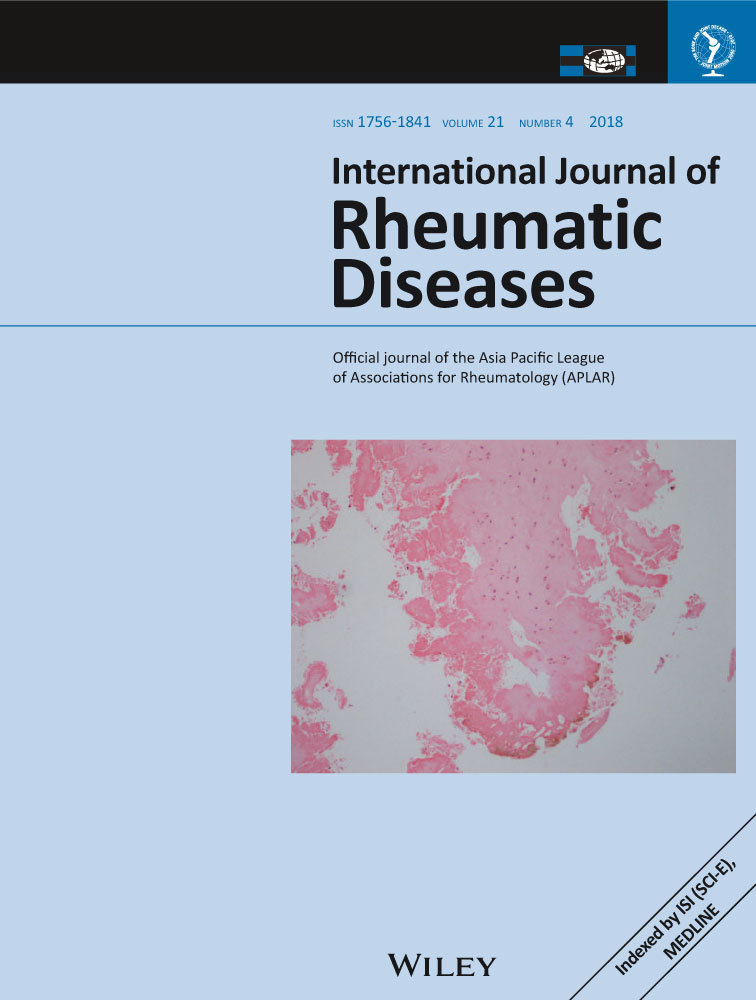Vitamin D deficiency is associated with tibial bone pain and tenderness. A possible contributive role
Abstract
Background
Vitamin D deficiency is associated with osteomalacia and a variety of musculoskeletal pain. This study aimed to determine the association of vitamin D deficiency with tibial bone pain and tenderness.
Methods
Patients with leg pain, defined as local pain and tenderness over tibial bones for ≥ 6 weeks were consecutively selected. Secondary causes of pain were excluded by appropriate clinical, radiological and laboratory examinations. Serum 25-hydroxyvitamin D (25-OHD) was assessed by enzyme-linked immunosorbent assay method and levels < 20 ng/mL were considered as deficiency. Age- and sex-matched subjects without leg pain served as controls. Multiple logistic regression analysis was used to determine associations.
Results
One hundred and eighteen patients and 114 controls aged 46.8 ± 14.8 and 44.6 ± 14.1 years, respectively (P = 0.93) were analyzed. Mean 25-OHD level was significantly lower (P = 0.001) and the prevalence of 25-OHD deficiency was significantly higher in the patients as compared with the controls (75.4% vs. 23.6%), odds ratio (OR) = 9.54 (95% CI, 5.22–17.45, P = 0.001). There was a negative dose-response relationship between serum 25-OHD and tibial bone pain by OR = 17.33 (95% CI, 6.48–46.3) in subjects with 25-OHD < 10 ng/mL, and OR = 14.7 (95% CI, 6.35–34.6) in serum 25-OHD levels at 10–19.9 ng/mL, and OR = 2.58 (95% CI, 1.08–6.1) in those with 25-OHD at 20–29.9 ng/mL as compared with 25-OHD ≥ 30 ng/mL. After controlling for demographic and biochemical factors, the association reached a stronger level of 19.8 (6.9–56.3) in subjects with serum 25-OHD < 10 ng/mL and 14.4 (5.8–34.6) in those with serum 25-OHD at levels of 10–19.9 ng/mL and 1.85 (0.73–4.6) in 20–29 ng/mL.
Conclusion
These findings indicate a possible contributive role for serum 25-OHD deficiency in the development of pain and tenderness over the tibial bone.




